Prefabricated Site Infrastructure
Prefabricated Site Infrastructure
Prefabricated Site Infrastructure refers to a range of modular, factory-built components and structures that are designed to be quickly assembled on-site to support various operational needs. This approach is commonly used in construction, remote worksites, events, and other scenarios where traditional construction methods would be too slow, expensive, or impractical. Here’s a detailed look at prefabricated site infrastructure:
Features:
Modular Design
High-Quality Materials
Utility Integration
Customization
Speed and Efficiency
Portability
Benefits:
Cost-Effectiveness:
Quality Control:
Flexibility:
Sustainability:
Enhanced Productivity:
Common Components
Office and Administrative Buildings:
Accommodation Units:
Sanitation Facilities:
Storage and Warehousing:
Healthcare Units:
Security and Safety:
Utility and Maintenance Buildings:
Retail and Catering:
Event and Hospitality:
Example Description:
“Prefabricated site infrastructure provides an efficient and versatile solution for various operational needs. These modular units are built off-site in a factory setting, ensuring high quality and quick assembly on location. They come fully equipped with utilities and can be customized to suit specific requirements. Prefabricated site infrastructure is cost-effective, flexible, and sustainable, making it ideal for construction sites, remote work locations, events, and more. Whether for offices, living quarters, healthcare units, or storage, these units offer a practical and reliable alternative to traditional construction methods.”
Prefabricated site infrastructure is designed to streamline project setup, enhance operational efficiency, and provide comfortable and functional spaces for various uses, ensuring that all necessary facilities are readily available and easily deployable.
Summary:
Prefabricated acoustic enclosures offer a practical, efficient, and customizable solution for reducing noise levels in industrial and commercial settings. Their modular construction, high-quality soundproofing materials, and durable design enhance worker safety and productivity while ensuring compliance with noise regulations. Ideal for a wide range of applications, these enclosures provide a reliable and cost-effective means of controlling noise pollution and protecting hearing and equipment.
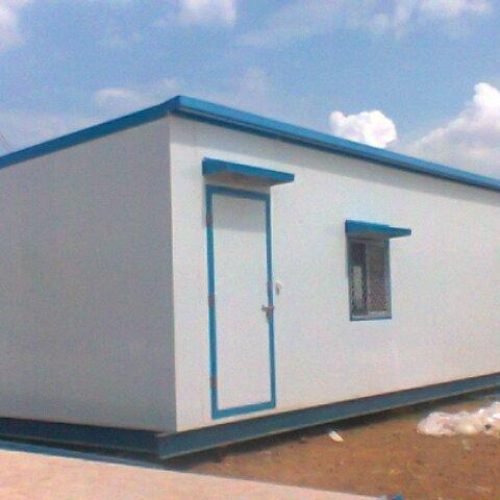
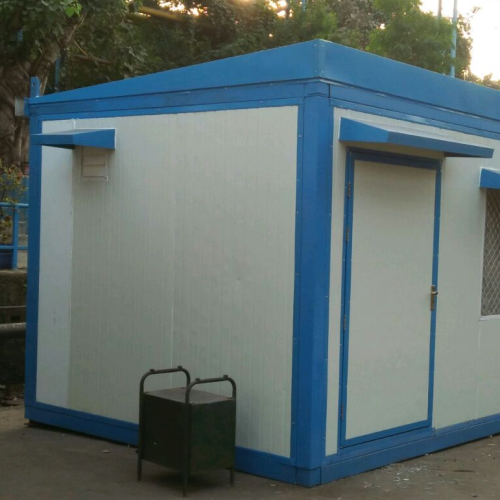
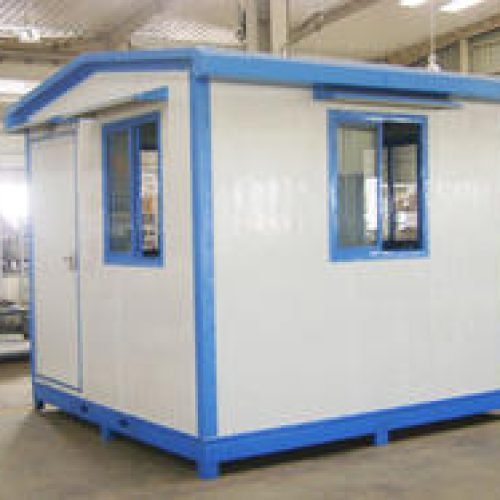
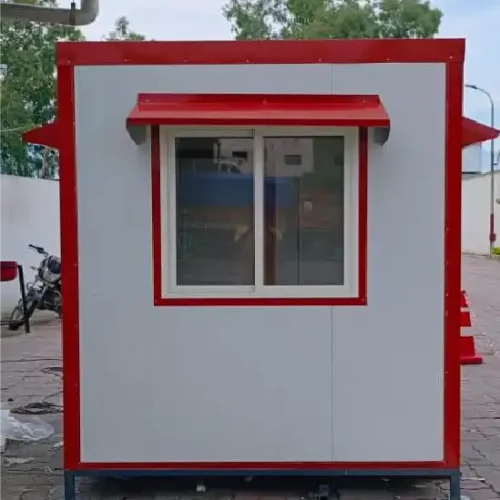
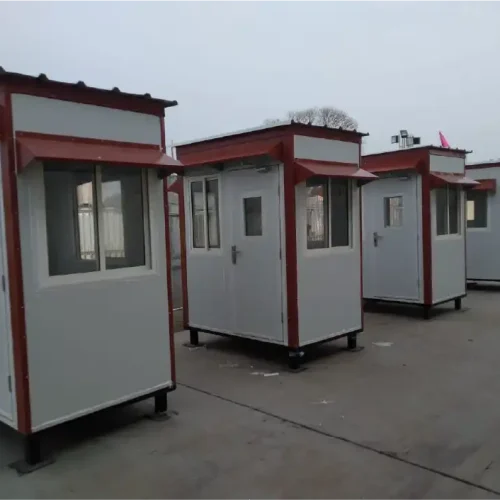
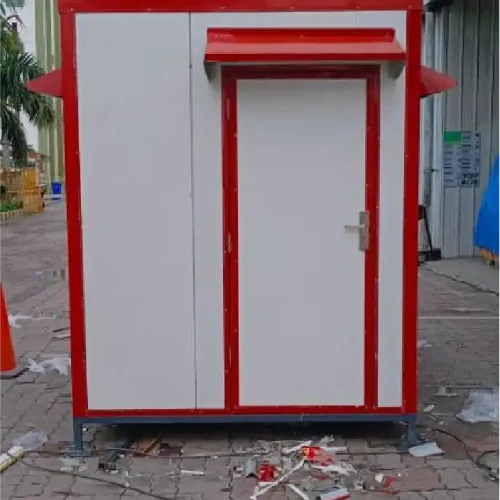
Scheduling An Appointment
Reduce Construction Delays: Pre-Engineered Building Solutions.